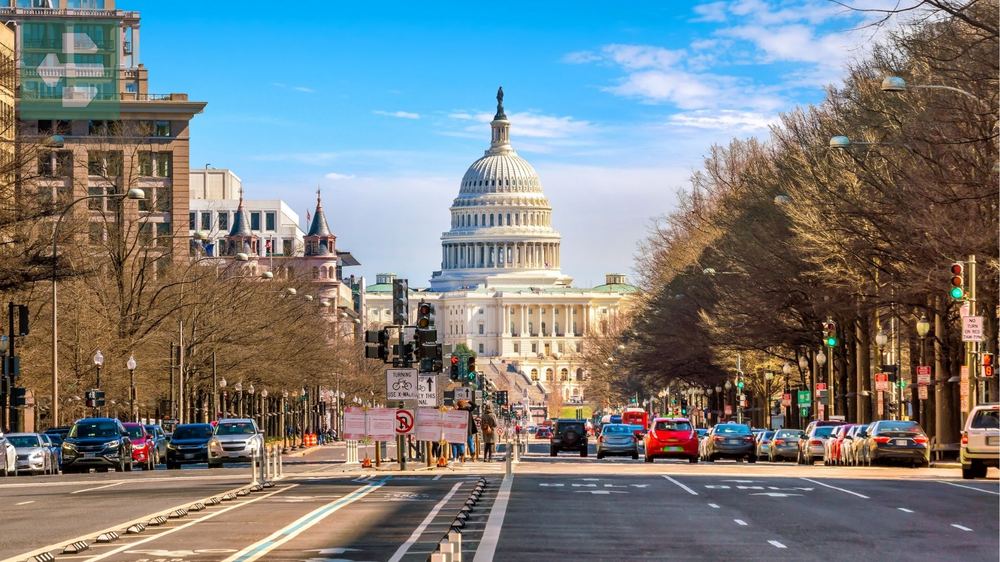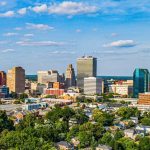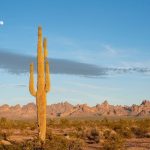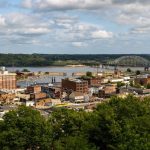Washington DC offers an unmatched collection of monuments, museums, and neighborhoods that tell America's story. The best places to visit in Washington DC include the iconic National Mall, world-class Smithsonian Museums, historic Georgetown, and vibrant Adams Morgan.
Keep reading as we explore the essential destinations and hidden corners of the capital that will transform your visit into an unforgettable journey through American history and culture.
List of Contents
- 1. National Mall: America's Front Yard
- 2. Smithsonian Museums: The World's Largest Collection
- 3. Capitol Building: Democracy's Dome
- 4. White House: The People's House
- 5. Lincoln Memorial: Where History Echoes
- 6. Washington Monument: The Capital's Needle
- 7. Georgetown: Cobblestones and Culture
- 8. Dupont Circle: Embassies and Energy
- 9. Adams Morgan: Night and Day Contrasts
- 10. National Zoo: Pandas and Conservation
- Your Washington DC Adventure Awaits
1. National Mall: America's Front Yard
The National Mall stretches two miles from the Capitol to the Lincoln Memorial. This green corridor holds the weight of American history in its 146 acres of carefully planned space.

Early morning visits reveal the Mall's true character. Joggers circle the reflecting pools while tourists haven't yet arrived. The monuments stand quieter then, more solemn.
Park rangers offer free tours that locals recommend over paid alternatives. They know stories guidebooks miss—like why the Washington Monument changed color halfway up.
Quick Facts:
- Peak Season: March-May, September-November
- How to Get There: Metro Blue/Orange/Silver lines to Smithsonian
- Entrance Fee: Free
- Suggested Duration: Full day
- Key Sites: Washington Monument, Lincoln Memorial, Vietnam Veterans Memorial, World War II Memorial
2. Smithsonian Museums: The World's Largest Collection
Nineteen museums and galleries make up the Smithsonian Institution. The National Air and Space Museum draws the biggest crowds, but the National Museum of Natural History holds treasures that feel more intimate.
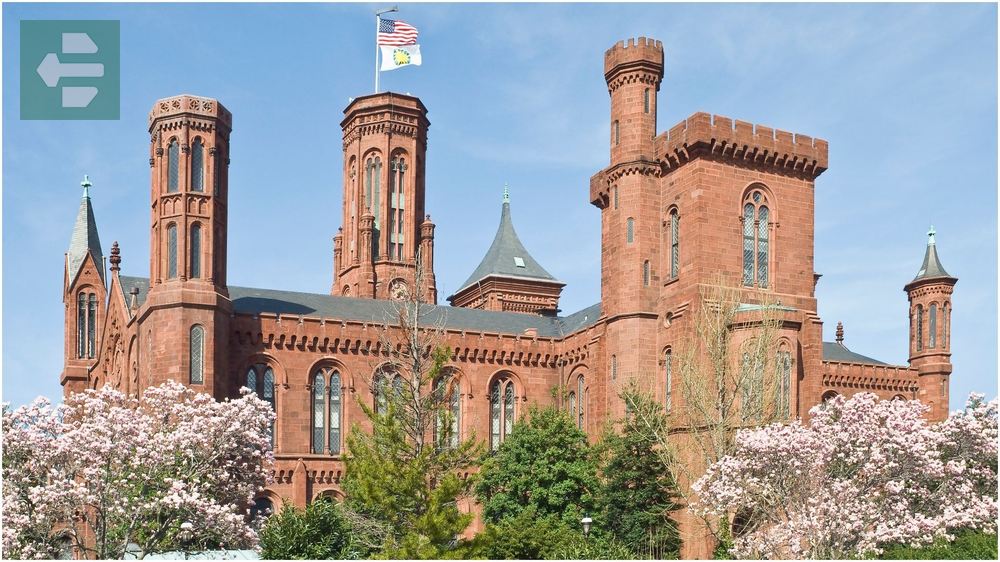
I once spent three hours in the Gems and Minerals hall, mesmerized by the Hope Diamond's deep blue glow. A security guard told me it looks different under each light—museum lighting, sunlight, even flashlight beams create new colors.
The Castle, the Smithsonian's red sandstone headquarters, houses an information center that locals use to plan efficient museum routes. Ask about the underground tunnels connecting several buildings.
Quick Facts:
- Peak Season: Summer months, school holidays
- How to Get There: Multiple Metro stops serve different museums
- Entrance Fee: Free (timed passes required for some)
- Suggested Duration: 2-3 days minimum
- Must-See Museums: Air and Space, Natural History, American History, Hirshhorn
3. Capitol Building: Democracy's Dome
The Capitol Building sits at the geographic center of Washington DC. Free tours take visitors through Statuary Hall, where whispers carry across the curved ceiling from one side to the other.
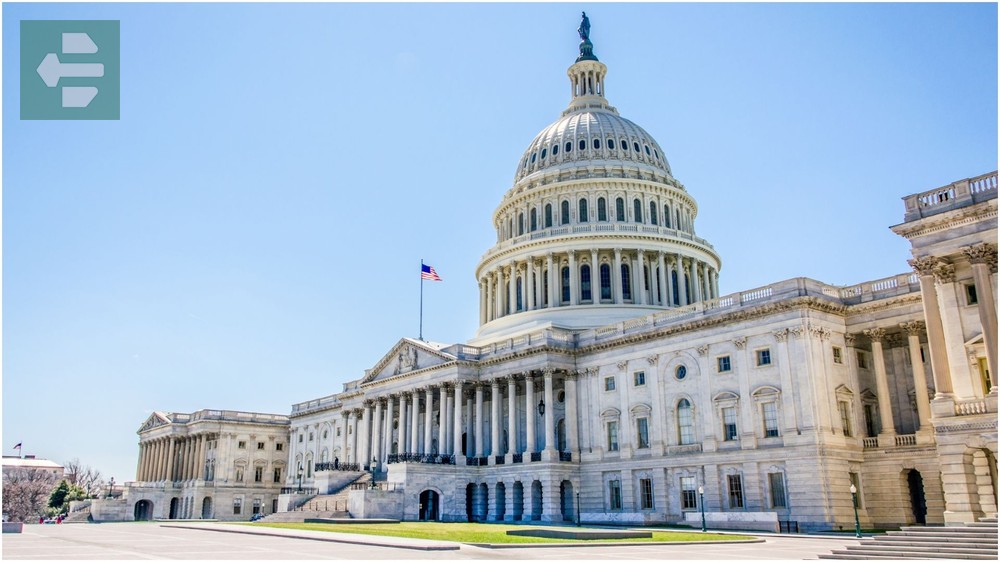
The building's dome weighs 8,909,200 pounds and stands 288 feet above ground. Construction took nearly a century to complete, and the work shows—each section reflects the architectural style of its era.
Book tours three weeks in advance through your representative's office. They often include access to the House and Senate galleries that general tours skip.
Quick Facts:
- Peak Season: Spring and fall
- How to Get There: Metro Blue/Orange/Silver to Capitol South
- Entrance Fee: Free (advance reservation required)
- Suggested Duration: 2-3 hours
- Key Areas: Rotunda, National Statuary Hall, Crypt, Senate and House chambers
4. White House: The People's House
The White House has served as home to every president except George Washington. Public tours require advance requests through your member of Congress—sometimes months ahead.
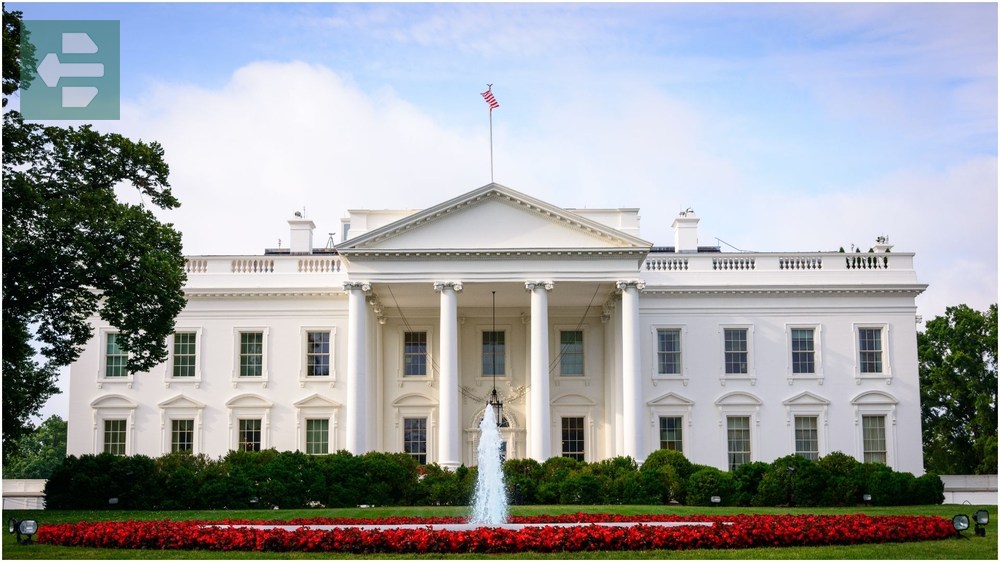
The East Wing tour covers five rooms in 45 minutes. The Red, Blue, and Green Rooms showcase different periods of American decorative arts, while the Oval Office remains off-limits to tourists.
Lafayette Square across Pennsylvania Avenue offers the best exterior views. Street vendors sell postcards, but the real photo opportunity comes at sunset when the building glows against the evening sky.
Quick Facts:
- Peak Season: Year-round (limited availability)
- How to Get There: Metro Blue/Orange/Silver to McPherson Square
- Entrance Fee: Free (congressional request required)
- Suggested Duration: 1-2 hours (including wait time)
- Tour Areas: East Wing public rooms, South Lawn view from fence
5. Lincoln Memorial: Where History Echoes
The Lincoln Memorial anchors the western end of the National Mall. Daniel Chester French's 19-foot marble statue of Lincoln sits surrounded by inscriptions of the Gettysburg Address and Second Inaugural Address.
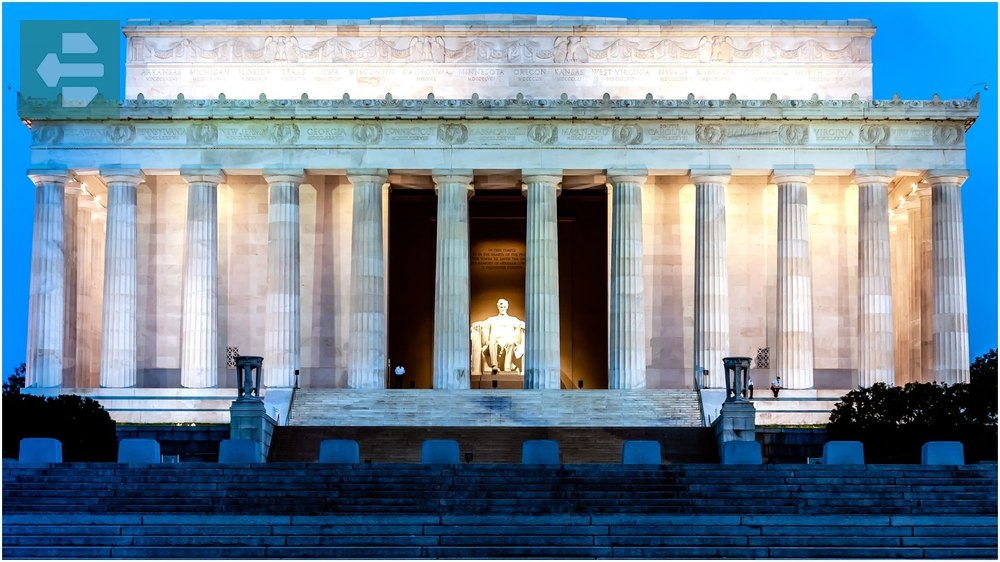
The memorial's 36 columns represent the states in the Union when Lincoln died. Each column bears the name of a state and the year it joined the Union—details that reveal America's growth.
Visit at dawn to experience the memorial without crowds. The statue faces east toward the Capitol, and morning light illuminates Lincoln's weathered face with particular intensity.
Quick Facts:
- Peak Season: Spring through fall
- How to Get There: Metro Blue/Orange/Silver to Foggy Bottom, then walk
- Entrance Fee: Free
- Suggested Duration: 30-45 minutes
- Notable Features: 57 steps (one for each year of Lincoln's life), Reflecting Pool
6. Washington Monument: The Capital's Needle
The Washington Monument rises 555 feet above the city—the world's tallest stone structure and tallest obelisk. Construction stopped for 23 years during the Civil War, leaving a visible color change about a third of the way up.
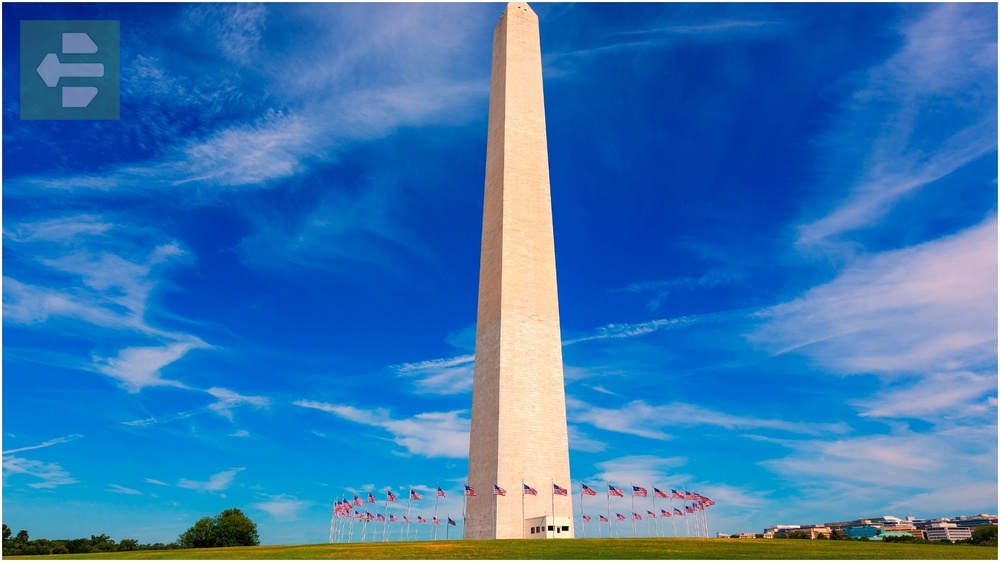
The elevator ride to the observation deck takes 70 seconds. Four windows at the top provide 360-degree views of DC, Maryland, and Virginia on clear days.
Timed tickets become available online exactly one month before your visit date at 10 AM Eastern Time. They typically sell out within hours during peak season.
Quick Facts:
- Peak Season: April-October
- How to Get There: Metro Blue/Orange/Silver to Smithsonian
- Entrance Fee: $1 per ticket (online fees additional)
- Suggested Duration: 1-2 hours
- Best Views: Washington DC skyline, Potomac River, Virginia suburbs
7. Georgetown: Cobblestones and Culture
Georgetown predates Washington DC by 40 years. Its cobblestone streets and Federal-style architecture create an intimate neighborhood feel that contrasts with the monumental downtown.

M Street and Wisconsin Avenue form Georgetown's commercial heart. The shops and restaurants draw crowds, but the residential streets running toward the Potomac hold the area's real charm.
The Georgetown Waterfront Park offers river views without tourist bus crowds. Locals use the walking path for morning runs and evening strolls, especially during cherry blossom season.
Quick Facts:
- Peak Season: Spring and fall
- How to Get There: Metro Blue/Orange/Silver to Foggy Bottom, then bus or walk
- Entrance Fee: Free (neighborhood)
- Suggested Duration: Half day
- Key Areas: M Street shopping, Georgetown University, Waterfront Park, C&O Canal
8. Dupont Circle: Embassies and Energy
Dupont Circle serves as Washington's cultural crossroads. The neighborhood houses more than 50 embassies, creating an international atmosphere that locals embrace.

Connecticut Avenue cuts through the circle's center, lined with bookstores, cafes, and galleries. The Sunday farmers market draws both tourists and residents who know which vendors offer the best local produce.
The Phillips Collection, America's first modern art museum, sits just off the circle. Its intimate rooms showcase Renoir, Picasso, and Rothko in a mansion setting that feels more like a private home than a museum.
Quick Facts:
- Peak Season: Year-round
- How to Get There: Metro Red to Dupont Circle
- Entrance Fee: Free (neighborhood)
- Suggested Duration: 3-4 hours
- Highlights: Embassy Row, Phillips Collection, nightlife, Kramerbooks
9. Adams Morgan: Night and Day Contrasts
Adams Morgan transforms after dark. The neighborhood's daytime cafes and vintage shops give way to live music venues and late-night eateries representing dozens of cuisines.
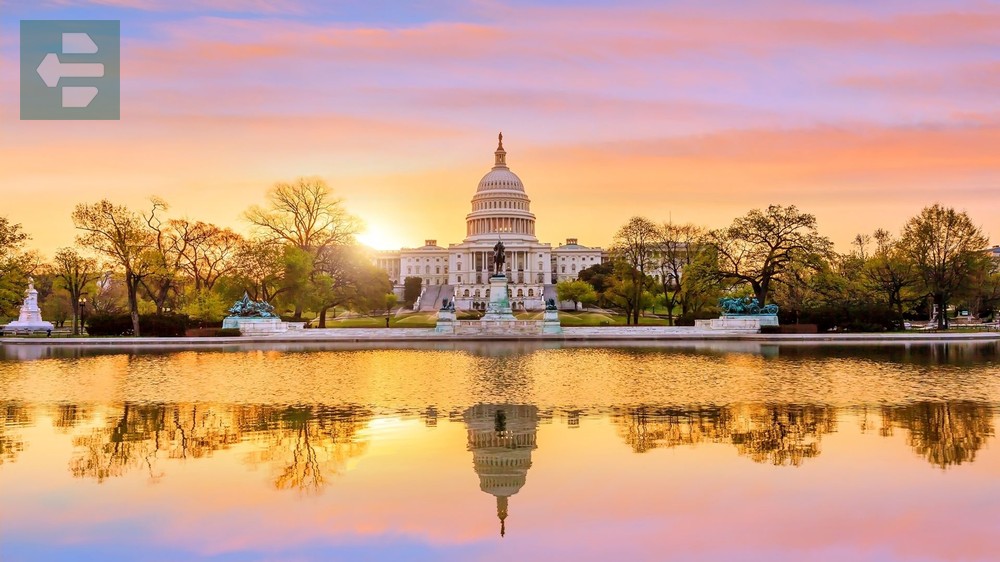
18th Street serves as the main artery, but Columbia Road holds the area's best ethnic restaurants. A single block might offer Ethiopian, Salvadoran, and Lebanese food within walking distance.
Weekend crowds can overwhelm the narrow sidewalks, but weeknight visits reveal Adams Morgan's residential character. The row houses date to the early 1900s, when this was Washington's first racially integrated neighborhood.
Quick Facts:
- Peak Season: Year-round (busiest weekends)
- How to Get There: Metro Red to Dupont Circle or Woodley Park, then walk
- Entrance Fee: Free (neighborhood)
- Suggested Duration: Evening (3-4 hours)
- Best For: International cuisine, nightlife, vintage shopping
10. National Zoo: Pandas and Conservation
The National Zoo spans 163 acres of Rock Creek Park. Giant pandas draw the biggest crowds, but the American Trail showcases native species that visitors often overlook.

The zoo sits on a hillside, making comfortable shoes essential. The main path follows a steep grade that challenges unprepared visitors. Start at the top near Connecticut Avenue and work your way down.
Conservation programs here have helped save black-footed ferrets, golden lion tamarins, and Przewalski's horses from extinction. The scientists working behind the scenes often give informal talks that reveal more than scheduled presentations.
Quick Facts:
- Peak Season: Spring through fall, weekends
- How to Get There: Metro Red to Woodley Park-Zoo/Adams Morgan
- Entrance Fee: Free (parking fees apply)
- Suggested Duration: 4-6 hours
- Must-See: Giant pandas, Great Cats, American Trail, Reptile Discovery Center
Your Washington DC Adventure Awaits
Washington DC rewards curious travelers who look beyond the obvious monuments. These ten destinations offer entry points into America's story—from the formal halls of power to the informal energy of diverse neighborhoods.
Each location holds layers of experience waiting for discovery. The city reveals itself gradually, through morning light on marble steps and evening conversations in Georgetown cafes.
Plan for comfortable shoes, early starts, and late discoveries. Washington DC doesn't rush, and neither should you.
